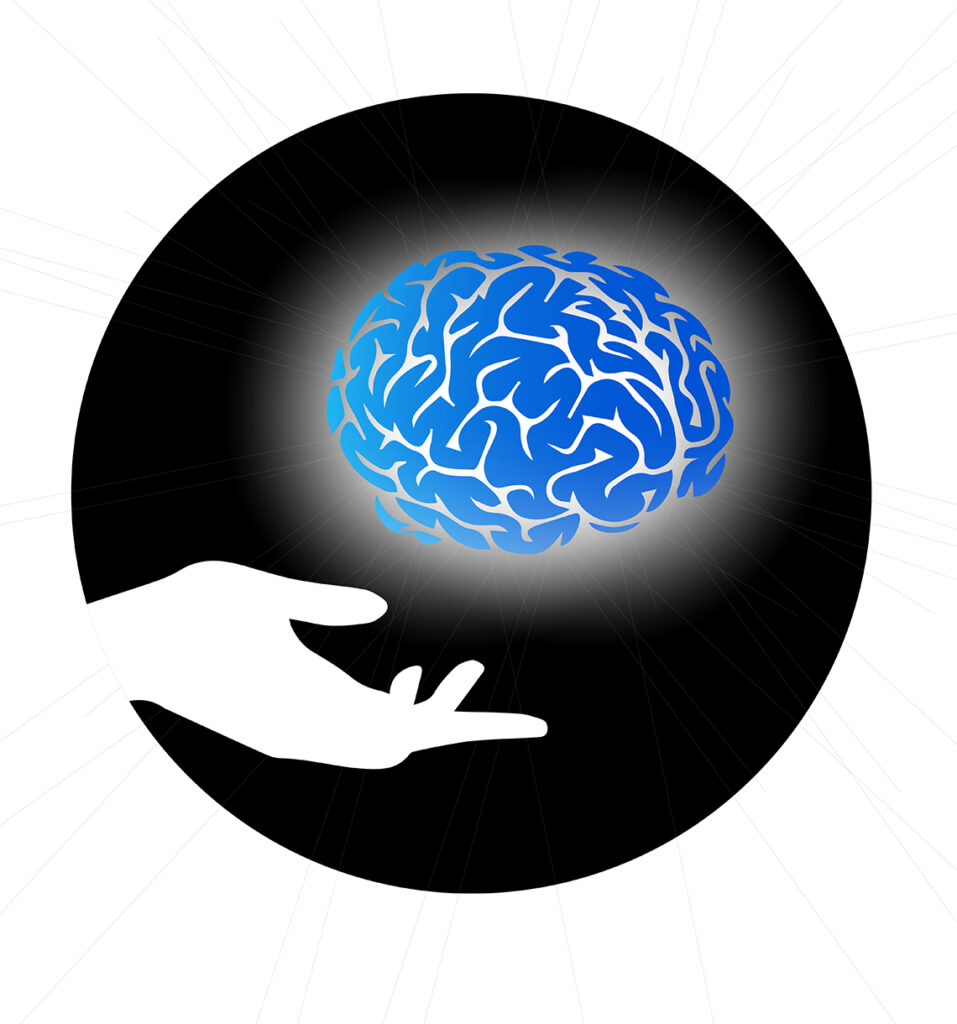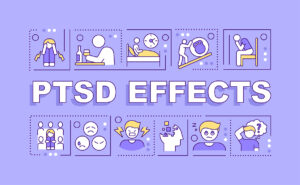Related Resources
For Havening Techniques
Introducing CPR for the Amygdala and Self-Havening – Tools for Immediate Anxiety & Stress Relief
CPR for the Amygdala is an easy to use tool for calming the mind and body in a moment of emotional hijack. Watch this short video as Dr. Kate Truitt demonstrates and teaches you how to learn to calm your brain through the engagement of the self-havening touch and brain exercises.
This video involves a short demonstration that highlights the impact of the delta wave presence on brain functioning. A fast brain is a reactive brain, a slow brain is a calm brain. Let’s calm the mind and put you back in charge of your emotional state.
Your Personal Program for Building a Resilient Brain – Brain Health
Discover the power of the Resilient Brain Care Program with Dr. Kate as she guides you through a daily schedule designed to cultivate resilience and balance. In this video, she introduces the concept of taking three 7-minute opportunities throughout your day to practice.
By implementing CPR for the Amygdala® and havening techniques, you can effectively manage stress and enhance your body-mind’s ability to stay in balance. Start your day by assessing your current state and applying CPR for the Amygdala® to shift away from any unpleasant energy. Then, explore your desired feeling state using the creating possibilities exercise to support neuroplasticity. During the second opportunity, reconnect with your preferred feeling state and strengthen those neural connections. Finally, end your day by repeating the exercise, leveraging the brain’s love for patterns to solidify the positive changes.
Building Resilience: The Neuroscientific Approach to Overcoming Adversity
By Dr. Kate Truitt
Resilience is an incredible skill that allows us to bounce back from adversity, overcome difficult experiences, and thrive in the face of challenges. It is an essential skill for our mental health and well-being. And the good news is that recent research in neuroscience has given us valuable insights into the underlying mechanisms of resilience and identified specific strategies to help us cultivate this important ability.
Emotion Regulation

One pivotal factor in building resilience is emotion regulation, which involves managing and expressing our emotions in healthy and appropriate ways. Scientific studies consistently show that individuals who can regulate their emotions are better equipped to cope with stress, adversity, and are more likely to be resilient. So, how can we improve our emotional regulation?
One way is through the use of mindfulness techniques, such as meditation and deep breathing. One of my favorite guided exercises is the Box Breath Exercise. You may learn more about this exercise here and practice it here! These practices can help you become more aware of your emotions and learn how to manage them in a healthy way. By practicing mindfulness, we can develop the ability to recognize and acknowledge our emotions, and then effectively manage and control them.
Cognitive Reappraisal

Another important factor in developing resilience is the ability to reframe negative experiences in a more positive light. This process is called cognitive reappraisal. It involves reinterpreting difficult experiences to reduce their negative impact.
For example, rather than seeing a failure as a personal shortcoming, an individual who practices cognitive appraisal might view FAIL as a “First Attempt in Learning,” turning the experience into an opportunity to learn and grow. And if you’re curious about diving deeper into this transformative mindset and understanding the neuroscience behind our reactions to failure, we have a resource for you in our YouTube channel called, Why You Need to Learn to Love Failure: It’s the Key to Success and Personal Empowerment!
Cognitive reappraisal can be practiced through techniques such as positive affirmations and visualizations, as well as through more structured approaches like cognitive-behavioral therapy. By shifting our perspective and reframing negative experiences, we can reduce their emotional impact and build resilience.
Social Support

Social support also plays a significant role in developing resilience. The presence and quality of supportive relationships can significantly influence our ability to overcome and recover from challenging circumstances and experiences. We are social beings, and our connections and interactions with others play an invaluable role in our resilience. That’s why building and maintaining a supportive social network can be one of the most important tools in navigating the complexities and challenges of life.
At its core, a sense of purpose acts as a stable anchor. Purpose imbues our actions with meaning, propelling us to move forward despite setbacks. When we believe that our actions are contributing to a greater cause or aligning with our personal values, the motivation to persist remains even when faced with obstacles. Building resilience is intertwined with discovering, understanding, and nurturing this purpose.
CPR for the Amygdala and Havening Techniques for Enhancing Emotional Resilience

Now, let’s talk about a specific technique called CPR for the Amygdala. The amygdala, which we’ll be referring to as Amy, is a tiny almond-shaped structure in our brain that plays a crucial role in our emotional responses. When faced with perceived threats or overwhelming challenges, Amy jumps into action, triggering feelings of stress, anxiety, and fear. While Amy acts as our fierce protector, an overactive amygdala can leave us in a constant state of alert, affecting our emotional well-being.
CPR for the Amygdala, which stands for Creating Personal Resiliency for the Amygdala, is a revolutionary method designed to help us regain physical and emotional balance amidst stress. If you are not familiar with CPR for the Amygdala, I invite you to watch the brief video in the sidebar of this article, titled, Introducing CPR for the Amygdala and Self-Havening – Tools for Immediate Anxiety & Stress Relief.
This technique incorporates engaging our working memory through fun brain games. These brain games can temporarily divert our focus from distressing thoughts, reducing their intensity and impact. Think of these brain games as mental agility exercises. For instance, if faced with a surge of anxiety, visualizing a tranquil scene or mentally solving a puzzle can redirect cognitive focus. Over time, consistently applying this technique can build mental resilience, enabling us to respond more adaptively to emotional triggers.
When combined with havening techniques, which also address cognitive and sensory pathways, CPR for the Amygdala provides a holistic approach to building emotional resilience. These techniques offer a comprehensive framework for navigating and modulating intense emotional responses.
The regular application of CPR for the Amygdala and havening techniques not only offers immediate relief during moments of distress but, more importantly, strengthens our inherent resilience over time. By engaging with these techniques, we can take control of our emotional well-being and build the capacity to thrive in the face of adversity.
And if you want to dive deeper into CPR for the Amygdala and implement this practice into your life, take a moment to watch this video called, “Your Personal Program for Building a Resilient Brain – Brain Health” on the sidebar of this article. This video will provide you with more detailed guidance and support on your resilience-building journey.
Remember, building resilience is a skill that can be cultivated and strengthened. By harnessing the power of neuroscience and incorporating these strategies into our lives, we can overcome adversity and thrive in the face of challenges. You have the ability to build resilience and create a brighter future for yourself.
References
Gross, J. J. (2015). Emotion regulation: Current status and future prospects. Psychological Inquiry
Davidson, R. J., & McEwen, B. S. (2012). Social influences on neuroplasticity: stress and interventions to promote well-being. Nature Neuroscience
Southwick, S. M., Bonanno, G. A., Masten, A. S., Panter-Brick, C., & Yehuda, R. (2014). Resilience definitions, theory, and challenges: interdisciplinary perspectives. European Journal of Psychotraumatology
Truitt, K. (2022). Healing in Your Hands: Self-Havening Practices to Harness Neuroplasticity, Healing Traumatic Stress, and Build Resilience. PESI Publishing & Media.




































